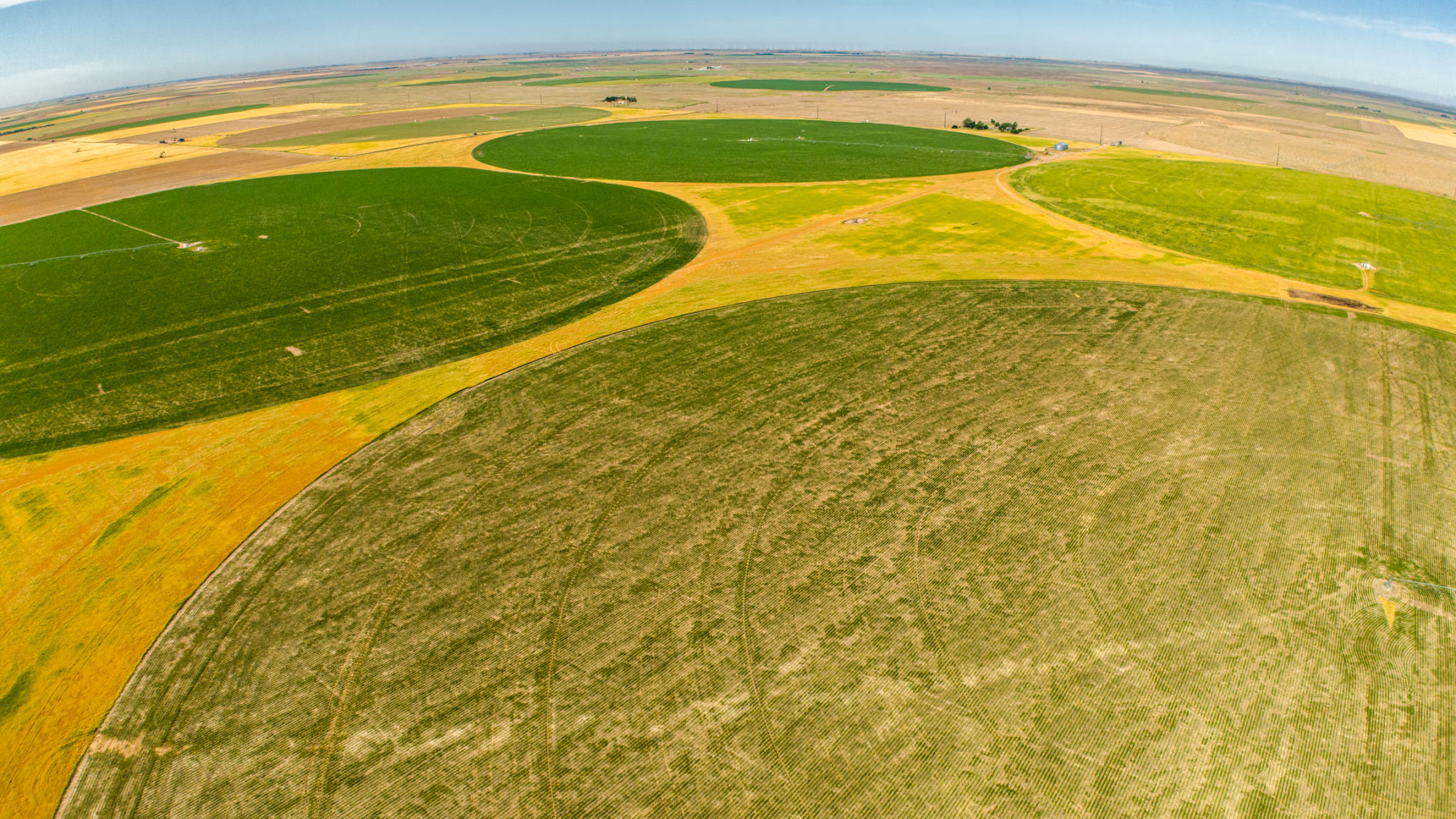How to Transition to Climate-Smart Agriculture in the Middle East
Understanding Climate-Smart Agriculture
The Middle East faces unique challenges when it comes to agriculture, with arid climates and limited water resources posing significant barriers. Transitioning to climate-smart agriculture (CSA) offers a sustainable pathway to address these issues while enhancing food security and reducing environmental impact. CSA integrates three main objectives: increased productivity, enhanced resilience, and reduced emissions.
By adopting CSA practices, farmers in the region can mitigate the adverse effects of climate change while optimizing their resources. This approach not only ensures sustainability but also promotes economic growth through increased agricultural productivity.

Key Practices for Implementing CSA
Water Management
Water scarcity is a critical concern in the Middle East, making efficient water management a cornerstone of CSA. Techniques such as drip irrigation and rainwater harvesting can significantly reduce water usage while maintaining crop yields. Implementing these methods helps conserve precious water resources and supports sustainable agricultural practices.
Soil Health Improvement
Healthy soil is vital for productive agriculture. CSA promotes practices like crop rotation, cover cropping, and organic fertilization to improve soil health. These practices enhance soil fertility and structure, increase water retention, and reduce erosion, leading to more resilient agricultural systems.

Technological Innovations in CSA
Precision Agriculture
Precision agriculture uses technology to optimize field-level management regarding crop farming. Employing GPS technology, sensors, and data analytics allows farmers to make informed decisions about planting, fertilizing, and harvesting, thus maximizing efficiency while minimizing resource waste.
Climate-Resilient Crops
The development and use of climate-resilient crop varieties are essential for adapting to changing environmental conditions. These crops are bred to withstand extreme weather, pests, and diseases, ensuring stable yields despite climate challenges. Investing in research and development of such crops is crucial for long-term agricultural sustainability.

Policy and Community Engagement
Government Support
Policy frameworks play a crucial role in the successful transition to CSA. Governments should provide support through subsidies, training programs, and infrastructure development. By creating an enabling environment, policymakers can encourage farmers to adopt climate-smart practices.
Community Involvement
Engaging local communities is fundamental to the success of CSA initiatives. Programs that involve farmers in decision-making processes and provide education on sustainable practices can foster a sense of ownership and encourage widespread adoption of CSA techniques.

Overcoming Challenges in CSA Adoption
The transition to CSA is not without its challenges. Financial constraints, lack of awareness, and resistance to change can hinder progress. To overcome these obstacles, it is essential to provide financial incentives, conduct awareness campaigns, and offer training sessions that demonstrate the long-term benefits of CSA.
By addressing these challenges, stakeholders can pave the way for a more sustainable agricultural future in the Middle East, ensuring food security and resilience against climate change.
